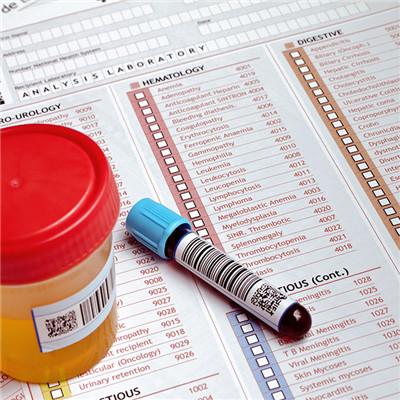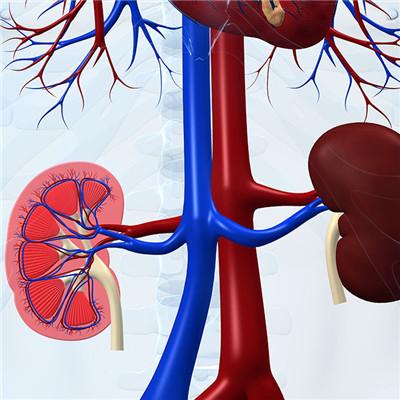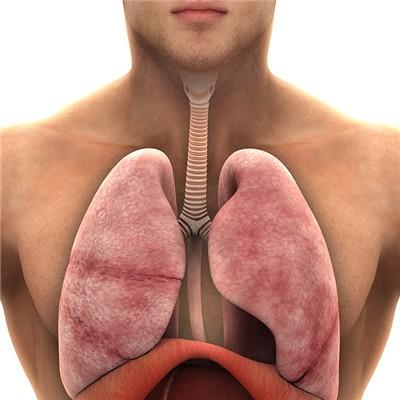Is living donor liver better than cadaver liver?
summary
A lot of liver friend message, ask to do cadaver liver transplantation and living liver transplantation which kind of good? Living donor liver transplantation and cadaveric liver transplantation can also cure critical liver disease. Is living donor liver better than cadaveric donor liver?
Is living donor liver better than cadaver liver?
1. Cadaveric liver transplantation: for patients with liver failure who need liver transplantation, the purpose of liver transplantation is to implant a new liver through surgery, and the new liver can replace the original diseased liver to play its function. The basis of the new liver to play its function is to have enough viable hepatocytes. Each patient has different physical conditions, height and weight, The minimum number of basic liver cells needed to maintain life is also different. According to the data of height and weight, it can be roughly calculated. That is to say, the number of implanted new liver can not be less than this number in order to prolong life and alleviate the disease. This data is also needed for cadaveric liver transplantation. The size of cadaveric liver can basically meet this requirement.
2. Living donor liver transplantation: because the donor liver is from the patient's relatives, it is not enough to roughly calculate the height and weight data. Before the operation, the volume and weight of the whole liver should be calculated by computed tomography (CT), and the volume and weight of the right and left liver should be calculated according to the situation of the middle hepatic vein, After donating part of the liver, the remaining liver must ensure the safety of the relatives who provide part of the liver, and the cut part of the donated liver must be able to meet the rehabilitation needs of patients before living donor liver transplantation can be implemented. Only when these conditions are fully met can a living donor liver transplantation be performed.
3. Part of the newly implanted liver will gradually grow in the body of patients. After long-term observation, nearly 200 patients underwent living donor liver transplantation. One month after operation, the new liver grew to 70% of the original liver size, and three months later, it grew to more than 90% of the original liver size; After partial hepatectomy, the remaining liver tissue of the donor's relatives also experienced the growth process, and grew to the original size in the same time and process as the patients who received partial liver.
matters needing attention
1. Malignant diseases other than liver. 2. Serious infection of important organs other than hepatobiliary system. 3. Systemic diseases, such as congenital cardiovascular disease, renal insufficiency, etc. 4. Portal vein thrombosis. 5. In fulminant liver failure, hepatitis B antigen (HBsAg and HBeAg) is positive, the recurrence rate of postoperative hepatitis is almost 100%, but it can still survive for a long time through effective medical treatment.










